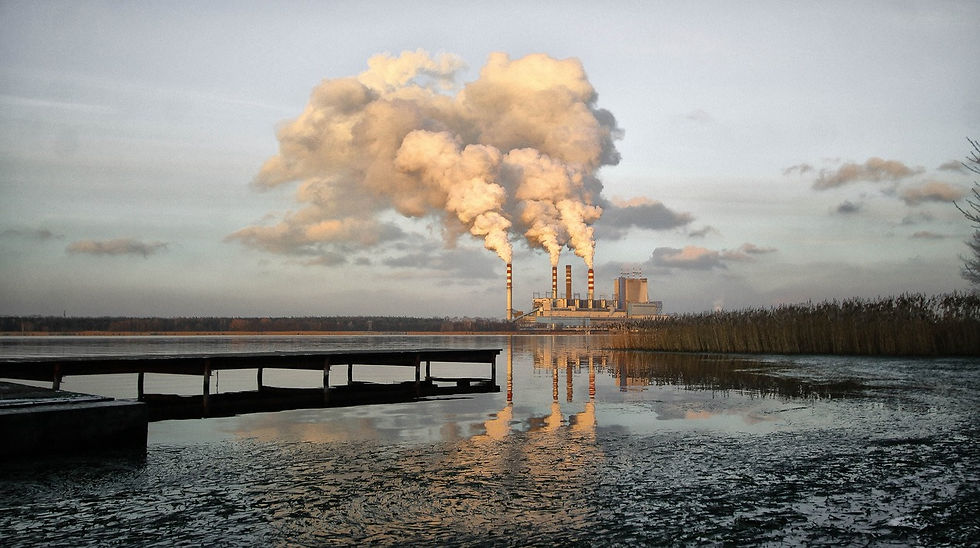Author: AINEENA HANI | NOVEMBER 15, 2021

Image Credit: Pixabay.com
The government has recognised the need to better manage its water and sanitation sector in recent years and has proposed ambitious plans that have piqued the interest of international organisations, non-governmental organisations and the business sector.
According to a report by the World Health Organisation and UNICEF, 91% of the Philippines’ estimated 101 million people have access to basic water services. Nevertheless, according to the survey, water access varies greatly across the country, ranging from 62% to 100% depending on the area.
With this, Secretary Fortunato de la Pea of the Department of Science and Technology (DOST) plans to deliver clean and safe water to communities in Bukidnon and South Cotabato. Approximately 2,500 residents of Barangay Sampagar, Damulog, Bukidnon will benefit from the agency’s initiative AQWAH, according to a taped report (Advancement on the Quality of Water Available for Household).
DOST Region X will construct a water reservoir tank with a built-in ceramic water filter, and 160 ceramic water filters will be delivered to houses in the area and surrounding cities as part of this project.
“Currently, the only water source of Barangay Sampagar is a spring that has recently been found out to exceed the maximum allowable level of HPC (heterotrophic plate count), phosphate concentration, TSS (total suspended solids), total coliform, and E. coli as set by the Department of Health (DOH) in the national standards for drinking water,” he said.
Three types of bacteria were also discovered at the study site, leading to the conclusion that they are the main health issues in the area, according to De la Pea. Project AQWAH will be implemented in early 2022 in collaboration with the Damulog local government and the Old Damulog National High School. The project’s goal is to eliminate all water-borne diseases while also encouraging proper hygiene and sanitation in the communities.
Meanwhile, the DOST in Region XII has implemented a project that aims to provide clean and safe water to over 300 households in the remote areas of Sitio Desikit and Nap, Laconon in T’boli, South Cotabato. A water facility was put up and is scheduled to be transferred to the custody of the locals next month.
In addition, during the PAWD Convergence on Water and Sanitation held at SMX, MOA in Pasay City, local Water Utilities Administration (LWUA) chief Jeci A. Lapus recently inspected a new technology on water treatment using membrane filtration with the Philippine Association of Water Districts (PAWD).
OpenGov Asia reported a Philippine international management school and research institution has deployed and operationalised its joint project with the Department of Science and Technology (DOST) and the Manila Water Company through its Analytics, Computing, and Complex Systems Laboratory.
The collaborative effort aims to improve water supply distribution in Metro Manila’s East Zone. It will be used to forecast dam levels in Angat, La Mesa, and Ipo so that households, businesses, and other industries can be served. To predict dam levels, the research institution’s Artificial Intelligence (AI)-powered software uses historical water levels, rainfall volume, and indicators of El Nio or La Nia.
This project was made possible with support from DOST’s Collaborative Research and Development to Leverage Philippine Economy (CRADLE) Programme and monitoring efforts from the DOST-Philippine Council for Industry, Energy and Emerging Technology Research and Development (PCIEERD).
“With much data that is already out there, it is high time that we maximise the power of emerging technologies like AI and machine learning to improve and affect the daily lives of Filipinos. The research institution forecast modelling fulfils this by seamlessly providing apt agencies with useful data as the basis for decision and policy making on the water supply to avoid shortages. Partnering with the institutions and the water supply company allows us to leverage on our combined resources and expertise to fulfil a common objective—to support the growth of the Philippine Innovation ecosystem,” said DOST-PCIEERD Executive Director.
Comentários